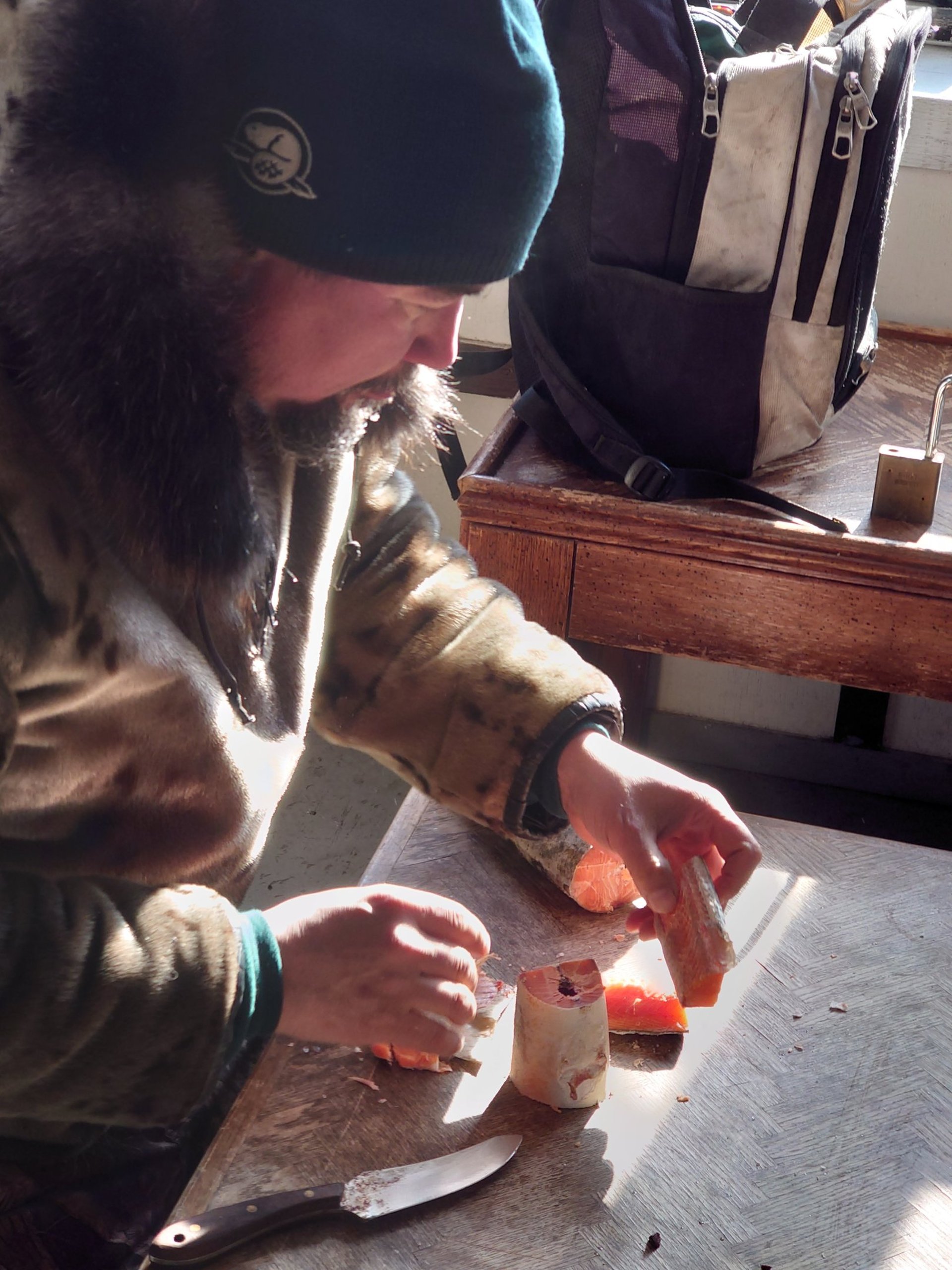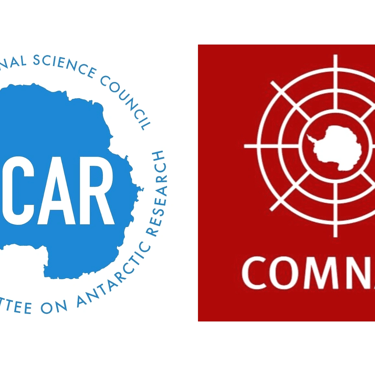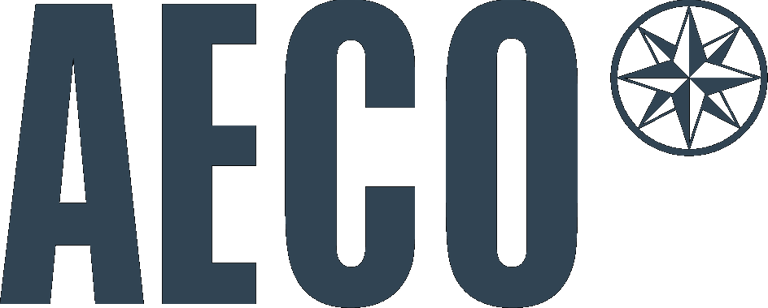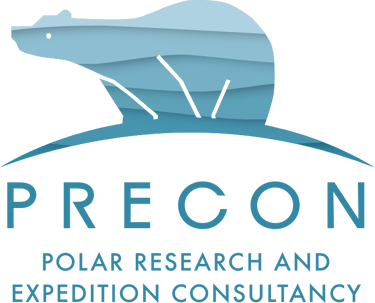Our Commitment
Exploring wild places is a privilege. These environments—and the wildlife that call them home—are fragile and deserve our care. Responsible travel is at the heart of every expedition we run. We operate under a clear sustainability management plan on every trip.
Minimize the load
We travel light. Beyond standard Leave No Trace, we bring only what is essential, repair and reuse gear, and plan logistics to cut freight and fuel. Every extra item adds weight—and emissions.Act local
We respect the people and places that host us. We hire local guides and services where possible, follow local customs, and design our operations to avoid disrupting daily life.

Standards & Legal Compliance
We operate under the formal frameworks that govern polar travel. On every project we:
Follow AECO & IAATO rules
In the Arctic, we align with AECO (Association of Arctic Expedition Cruise Operators) operational, wildlife, community, and biosecurity guidelines. In Antarctica, we comply with IAATO (International Association of Antarctica Tour Operators) procedures and Antarctic Treaty visitor guidance—including species-appropriate minimum approach distances and robust biosecurity (cleaning/disinfection, gear control). Where guidance differs, we adopt the stricter standard.Secure permits & respect local law
We obtain all required landing, filming, and research permits; follow protected-area rules; and comply with national, regional, and municipal regulations at every site. We also seek permissions and follow protocols set by Indigenous and local authorities where applicable.Biosecurity first
We implement pre-landing boot and gear decontamination, control of sampling equipment, no food ashore, and “clean on/clean off” procedures. We apply season-specific disease precautions (e.g., avian-influenza measures) as directed by authorities and operator bodies.Safety briefings & reporting
Every team member receives AECO/IAATO briefings before operations. We respect research sites and equipment, and submit any mandatory post-visit reports to competent authorities.Coordinate with COMNAP best practice
When working with or around National Antarctic Programs, we align with COMNAP handbooks and safety guidance (field safety, logistics, emergency response/contingency planning) and integrate station procedures as required by permits.Respect CCAMLR in the Southern Ocean
For any marine activity in the CCAMLR Convention Area, we ensure our operations do not conflict with the CCAMLR Schedule of Conservation Measures and we respect CCAMLR Marine Protected Areas (e.g., Ross Sea region MPA; South Orkney Islands southern shelf MPA).Secure permits & comply with local law
We obtain all required landing, filming, research, and protected-area permits; follow national/regional/municipal regulations; and observe Indigenous and local protocols where applicable.
Note: Regulations evolve. We review AECO/IAATO updates and local requirements each season and update our plan accordingly.
Acronyms: AECO = Association of Arctic Expedition Cruise Operators; IAATO = International Association of Antarctica Tour Operators; COMNAP = Council of Managers of National Antarctic Programs; CCAMLR = Commission for the Conservation of Antarctic Marine Living Resources.




